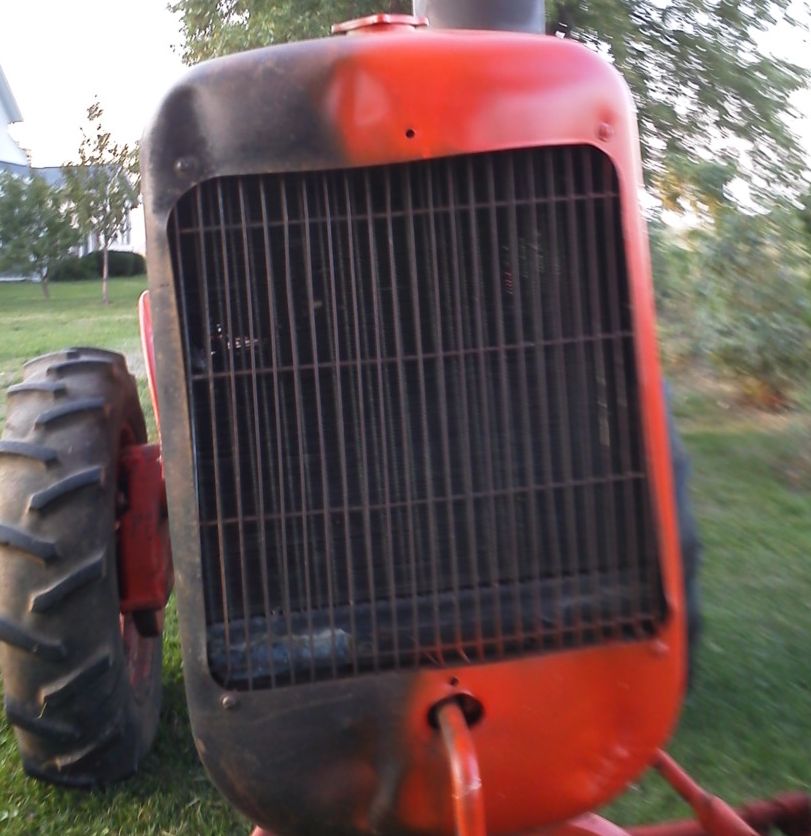Some coils are wound specifically for full-voltage, some are wound for partial, and some are wound for partial, and have an internal resistor.
The important thing to understand here, is the resistor's PURPOSE.
Let's say you have a 12v coil, on a 12v battery, with a 12v starter, on a big, cold engine full of thick oil.
When you turn on the ignition, battery voltage (around 13.8) will appear at the coil... and when the points are closed, you'll get about 15A of current flowing through the coil's primary winding.
When you engage the starter, a whole lotta current runs through it's windings. The battery, being a chemical storage device, has a certain amount of 'limitation' to providing current, and since the starter is a 'more hungry' device, the battery's voltage will 'sag' to about 10v or so. This means the coil will only be getting around 10v, it's corresponding current flow will be lower, thus the spark will be a bit weaker as a result.
So a clever guy came up with a dandy idea- re-wind the coil primary for 9V. Now, when the engine cranks, the 10V or so, is still more than enough to fire the coil.
The problem is, that once cranking is done, system voltage jumps back up to 13.8, and once generating, closer to 14.2 or so, which causes our 9v coil to overheat and fail.
SO... what they do, is power a 9v coil, but limit it's current with a ballast resistor so that 14.2 won't kill it. To take advantage of the coil's 9v-ability, there's a BYPASS wire from the starter motor. When you engage the starter, the coil is powered DIRECTLY from battery, so you get full ignition output under cold-cranking load, and once started, it's back to resistor-feeding.
I'm skipping past lots of other finite details (like dwell time, duty cycle, HF suppression, frequency limit, etc.) as they're just too deep for this thread, no need to delve into that., but suffice to say there's a whole mess of other things that come into play in ignition systems that you really don't have to worry about, particularly from 400-1800rpm.
Read your coil, if it is new, it will probably say 'no resistor required', or 'has internal resistor', or 'use external resistor'.
If it doesn't say any of that, looking for a part number, and doing some web-searching is in order. If it's an OEM looking coil, then consult the oem wiring diagram.









 Topic Options
Topic Options

 Post Options
Post Options Thanks(0)
Thanks(0)



 .
.



